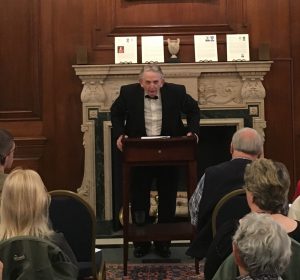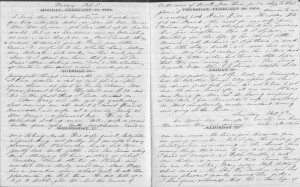
61 Bowdoin Street, Boston, Wednesday, 13 December 1865: We think now that Lizzie began weeks ago to realize or at least to fear her sickness was a mortal one. While we continued to hope her exhaustion was largely due to nervous depression and would pass off with the nausea, she was sadly conscious of the inward sapping of the springs of life, and her thoughts instinctively dwelt upon ideas of death & burial. She roused from a doze some weeks since, and said “I have had a vision – you will laugh at me, and say it was a dream – but I saw Wesley & Joseph” (my brother’s two men-servants) “come along the entry and into the room with the tressels which were used for John,[3] and set them down here, saying, ‘They must be ready for Miss Lizzie.’”
“Oh, honey,” said Sallie [Shober],[4] who was with her, “of course it was a dream, you are so restless & feverish.” Continue reading ‘An ornament to the city’



